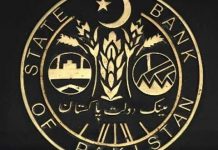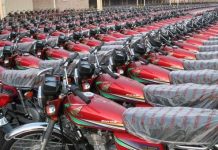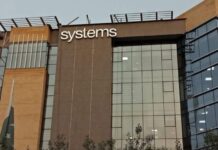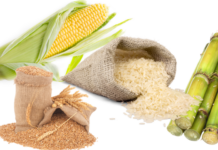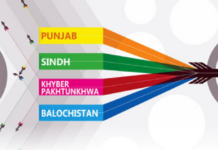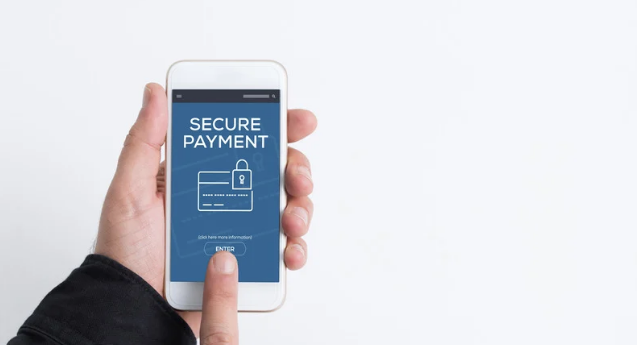- SBP says all federal and provincial payments will be digitised by June 2026, while SOEs payments are expected to be fully digitised by December 2026
The National Assembly Standing Committee on Finance was informed that Pakistan will digitize all government payments by June 2026 and has decided to integrate its digital payment system, Raast, with the Arab Monetary Fund’s (AMF) Buna platform, enabling faster and more secure cross-border remittances from overseas Pakistanis.
According to media reports, in a briefing to the committee, chaired by Syed Naveed Qamar, State Bank of Pakistan (SBP) Governor Jameel Ahmed explained that the integration would facilitate remittances, but outflows of funds would not be permitted under this arrangement.
Buna, launched in 2020 by the AMF, is a cross-border, multi-currency payment platform that allows financial institutions to send and receive payments in both Arab and international currencies. It currently supports currencies such as the Saudi Riyal and Emirati Dirham, with plans to incorporate the Chinese Yuan to further boost regional trade and economic integration.
Governor Ahmed highlighted the significant progress made since the launch of Raast, stating that annual transaction volumes initially were approximately Rs 1 trillion. Today, this volume is processed in just nine days, demonstrating rapid adoption.
The government is working towards a cashless economy, with plans to digitise all government payments—including those of state-owned enterprises—by December 2026. This will include federal, provincial, and local levels. The governor also cited the successful launch of Mashreq Bank’s digital operations in Pakistan, which was completed within 12 months, a significant achievement compared to the usual five-year timeline globally. The bank’s global middle office is now based in Pakistan.
Additionally, SBP has laid out a roadmap for the digitisation of government payments. The Deputy Governor stated that all federal and provincial payments will be digitised by June 2026, while SOEs are expected to fully transition by December 2026.
Minister of State for Finance Bilal Azhar Kayani assured the committee that the government would absorb the associated costs to encourage adoption, positioning Pakistan as a regional leader in digital payments.
Finance Secretary Imdadullah Bosal explained that government services, including salaries, pensions, taxes, and utility bills, would transition to the cashless system gradually. SBP clarified that banks would not compensate for user errors in digital transactions, but losses resulting from fraud or system errors would be covered if complaints were lodged within two hours.
Deputy Governor Saleem Ullah highlighted Pakistan’s vast financial infrastructure, noting 95 million active mobile banking users, 226 million bank accounts, 19,000 bank branches, 20,000 ATMs, and 850,000 QR-enabled merchants. He added that the system would allow offline transactions and that consumers would not incur fees for cashless payments.
Committee members raised concerns regarding the effectiveness of the digital ecosystem, particularly since 50% of Pakistan’s economy remains undocumented. MNA Hina Rabbani Khar also questioned the viability of cashless services amid unreliable internet connectivity and stressed the need for offline transaction support.


